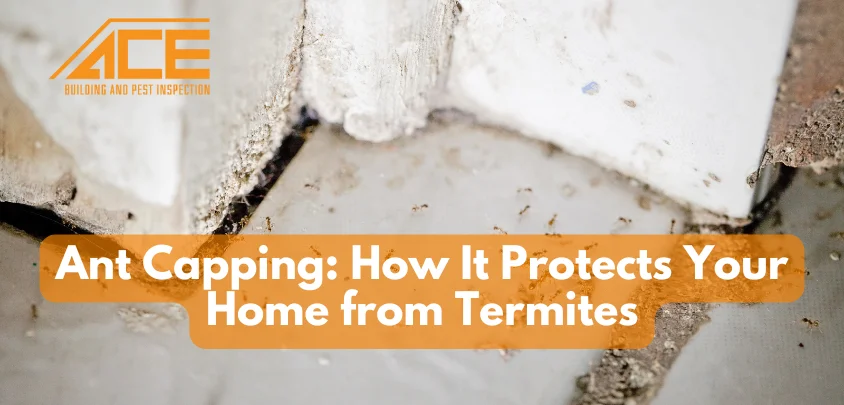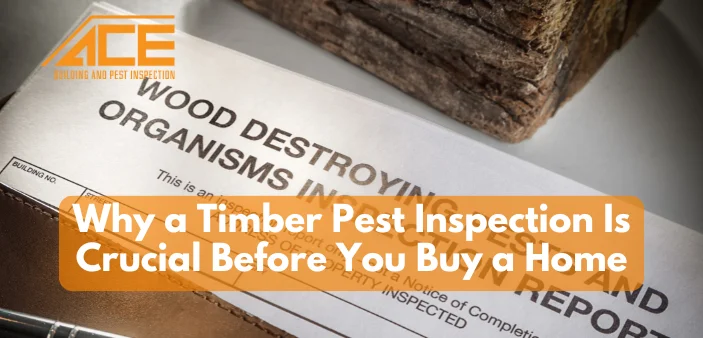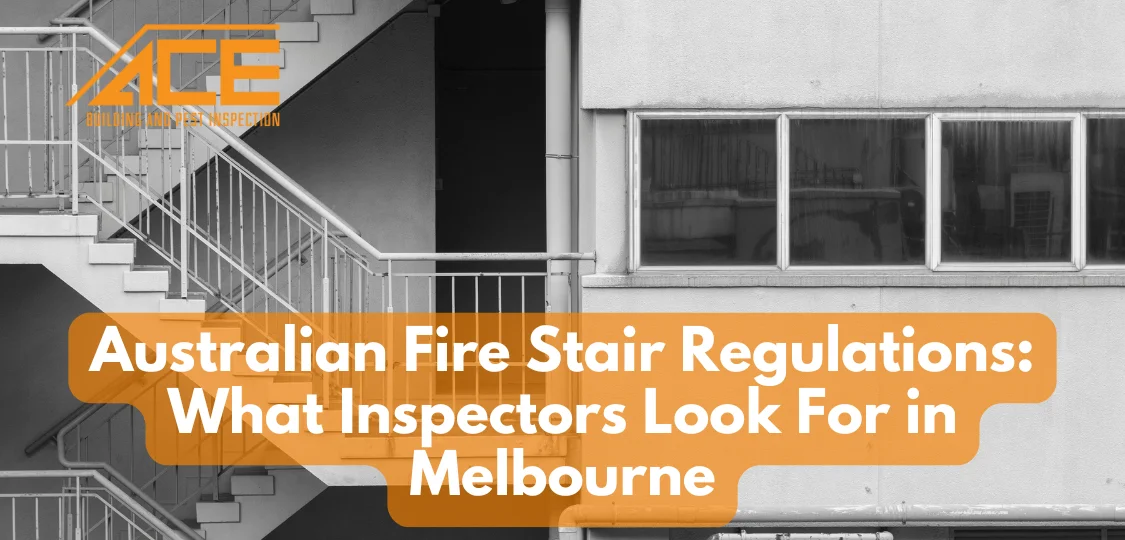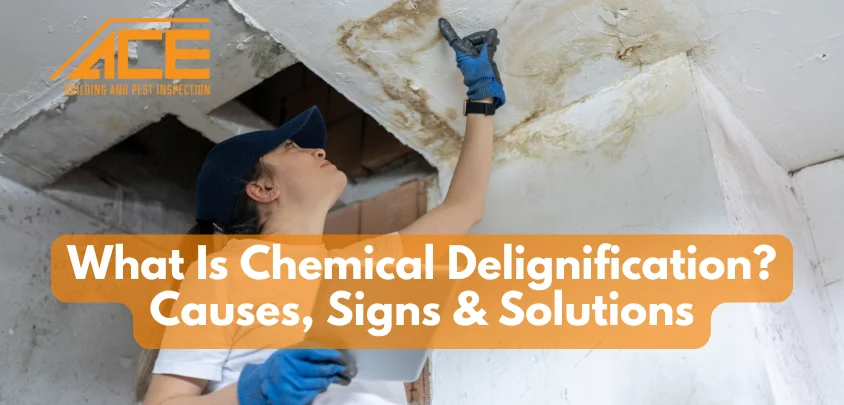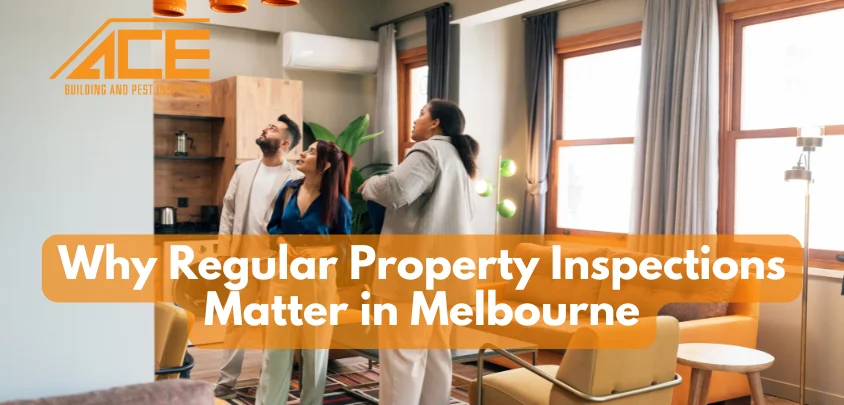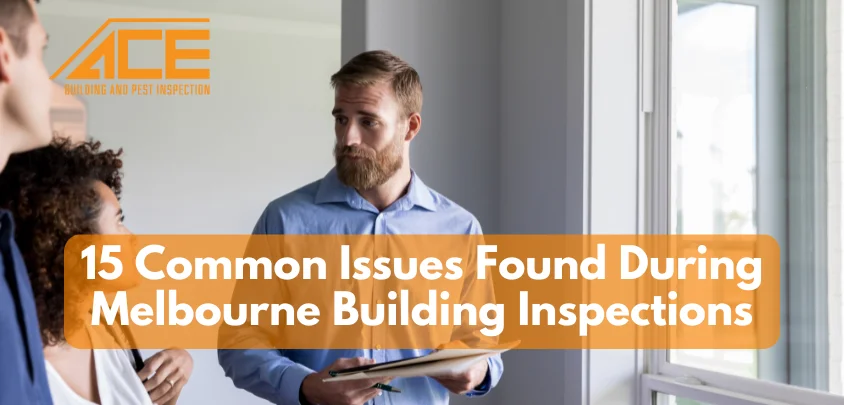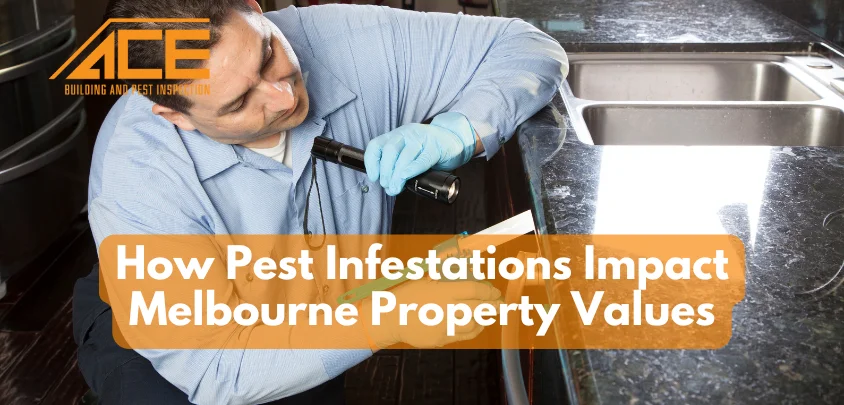Table of Content
When it comes to owning or renting a property in Melbourne, pest problems are more common than you might think. From ants marching through your kitchen to possums scratching in the roof, the signs can be subtle—or alarmingly obvious. Left untreated, pests can cause severe damage to your home’s structure, pose serious health risks, and become incredibly costly to fix.
That’s why early detection is key. In this article, we’ll explore the top signs your Melbourne property needs a pest inspection and why regular checks are essential for maintaining a safe and healthy environment.
10 Signs Your Melbourne Property Needs Pest Inspection
1. Unusual Noises in the Walls or Ceiling
Scratching, scurrying, or gnawing sounds—especially at night—are clear indicators that rodents like rats or possums may have taken up residence in your walls or ceiling. In Melbourne’s older suburbs, roof cavities are a favourite nesting place for rodents. If you’re hearing strange noises after dark, it’s time to call a pest inspector.
2. Visible Droppings or Urine Stains
Rodent droppings, cockroach feces, or even possum urine stains are a red flag. Not only do they indicate an infestation, but they also carry health hazards. These droppings are often found in kitchen cupboards, drawers, pantries, and roof spaces. If you spot droppings or detect a strong ammonia smell, a pest inspection is urgently needed.
3. Damage to Wood or Timber
Termites are among the most destructive pests in Melbourne homes, especially in timber-framed properties. Hollow-sounding wood, sagging floors, or crumbling window frames can all indicate a termite issue. Even if you don’t see the insects themselves, this type of damage should never be ignored.
Related Tip:
Termite inspections should be carried out at least once a year in Melbourne due to the city’s moderate climate, which is ideal for termite activity.
4. Nesting Materials or Pest Trails
Rodents tend to collect shredded paper, insulation, and fabric to create nests, while ants and cockroaches often leave behind visible trails. If you find tiny piles of shredded material, grease marks along walls, or ants marching in a line, it’s a sign that pests are active on your property.
5. Unpleasant or Unusual Odours
Many pests leave behind distinct smells. For example:
- A musty, oily scent can point to a cockroach infestation.
- A foul odour might indicate a dead rodent in the walls.
- Possum urine has a pungent smell that can permeate an entire room.
If you notice persistent bad odours without an identifiable source, schedule an inspection.
6. Bites, Rashes, or Allergic Reactions
If you’re waking up with red, itchy welts, bedbugs or fleas might be the culprits. Other pests like dust mites and cockroaches can also trigger allergies and asthma, especially in children and elderly residents. An increase in allergic symptoms could point to a hidden infestation.
7. Insect Sightings—Especially During the Day
Seeing cockroaches or ants during daylight hours usually means the infestation is severe. Pests are typically nocturnal and only come out during the day if they are overpopulated and competing for food. Spotting multiple pests during the day is a sure sign your property needs a thorough inspection.
8. Pet Behaviour Changes
Your pets can often sense pests before you do. If your dog is barking at the ceiling or your cat is fixated on a corner of the room, they may be reacting to rodents or insects you haven’t noticed. Trust their instincts—odd pet behaviour is sometimes the first sign of an issue.
9. Sighting of Termite Wings or Mud Tubes
If you find discarded termite wings on windowsills or mud tunnels along your property’s foundation, you could be in the early stages of a termite invasion. These insects often swarm in warm weather, and Melbourne’s spring and summer seasons are peak times for termite activity.
10. Past Infestation or Neighbouring Issues
If your property—or nearby properties—have had a pest issue in the past, there’s a higher chance of recurrence. Rodents, termites, and cockroaches don’t recognise property lines. A pest inspection can prevent a problem before it begins or spreads from adjacent homes.
Why Melbourne Properties Are Particularly Vulnerable
Melbourne’s diverse climate—featuring hot summers and cold, damp winters—provides ideal breeding conditions for many pests. Suburbs with older homes (like Ringwood, Bayswater, and Glen Waverley) often have aging infrastructure, cracked foundations, and wooden elements, making them prime targets for termites, spiders, and rodents.
Additionally, properties near parklands or waterways may attract possums, mosquitoes, and even snakes during warmer months.
The Importance of Regular Pest Inspections
Even if you haven’t seen any of the warning signs listed above, a professional pest inspection once a year is recommended—especially for homeowners and landlords. It provides peace of mind, early detection, and can save thousands in repairs.
For landlords, regular inspections are essential to meet tenancy obligations and avoid legal issues. For tenants, reporting pest problems early can prevent breaches in health and safety standards. Pest damage also matters, as pest infestation impact property value and overall marketability.
Final Thoughts
Pest issues are not just an inconvenience—they can threaten your health, your home, and your finances. If you’ve noticed any of the above 10 signs then your Melbourne property needs a pest inspection, don’t delay. Acting early can make all the difference between a minor inconvenience and a major infestation.
Whether you’re a homeowner, property investor, or tenant, stay proactive. A quick call to a licensed pest inspector like ACE Building and Pest Inspection could save you a lot of trouble down the road.
More Resources:

